The festival of Diwali in India is a sensory explosion of lights, colors, and flavors. Among its many culinary traditions, the preparation of syrup-soaked sweets holds a special place. These desserts, dripping with fragrant sugar syrups, are not just treats but embodiments of celebration, hospitality, and cultural heritage. The syrups used in these sweets are far more than just sugar and water—they are carefully crafted elixirs that carry generations of expertise and regional nuances.
In Indian households, the making of Diwali sweets often begins days before the festival. The syrup, or chashni as it is commonly called in Hindi, is the soul of many confections like gulab jamun, jalebi, and sohan papdi. Achieving the perfect consistency is an art passed down through families. Too thin, and the sweets become soggy; too thick, and they turn unpleasantly chewy. Experienced cooks test the syrup by pressing a drop between their fingers to gauge its stickiness or by observing how it drips from a spoon. The syrup must reach what is poetically termed the “one-string consistency”—a stage where it forms a single thread when lifted between thumb and forefinger.
The base ingredients for these syrups are deceptively simple: sugar, water, and sometimes a touch of lemon juice to prevent crystallization. Yet, the magic lies in the additions. Cardamom, saffron, rose water, or kewra (screwpine essence) are often infused into the syrup, imparting distinct aromatic profiles. In Bengal, a hint of jaggery might be added for depth, while in Rajasthan, syrups might be laced with dry fruits for richness. The choice of flavorings reflects not just personal taste but also regional identities, turning each sweet into a storyteller of its origins.
One cannot discuss Diwali syrups without mentioning the iconic jalebi, whose crisp coils are dunked in saffron-kissed syrup. The syrup here is slightly warm when the fried batter is immersed, allowing it to seep into every crevice without making the jalebi limp. Contrast this with gulab jamun, where the syrup is cooled slightly before soaking the fried milk dumplings, ensuring they plump up like little sponges. The temperature and timing of syrup application are guarded secrets in many families, with subtle variations creating signature versions of the same sweet.
Beyond technique, there’s symbolism in these syrupy creations. The sweetness represents the triumph of light over darkness, a core theme of Diwali. Offering these sweets to guests is considered auspicious, a gesture of sharing prosperity. In some communities, the first batch of syrup is even offered to the gods before being used in sweets, blurring the line between the sacred and the culinary. The sticky fingers and satisfied smiles that follow each bite are testament to how these syrups don’t just sweeten desserts—they sweeten life itself during the festival.
Modern adaptations have emerged, with health-conscious versions using honey or coconut sugar, and vegan alternatives replacing ghee-laden syrups. Yet, in most homes, the traditional methods prevail. As copper pots of syrup bubble on stoves across India during Diwali, they carry forward a legacy that transcends recipes—a legacy of patience, precision, and the joy of sharing something made with unwavering devotion. The syrups might stick to your teeth, but the memories they create stick to your heart.
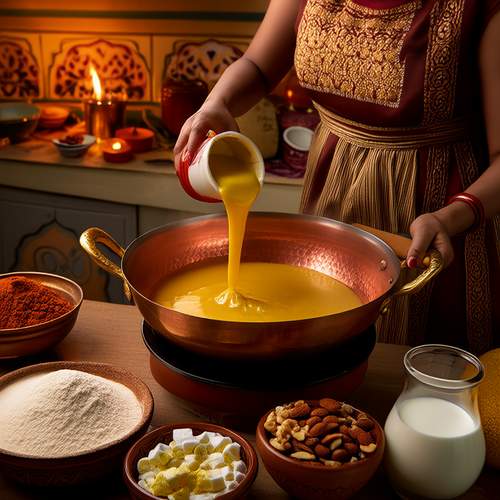
By /May 26, 2025
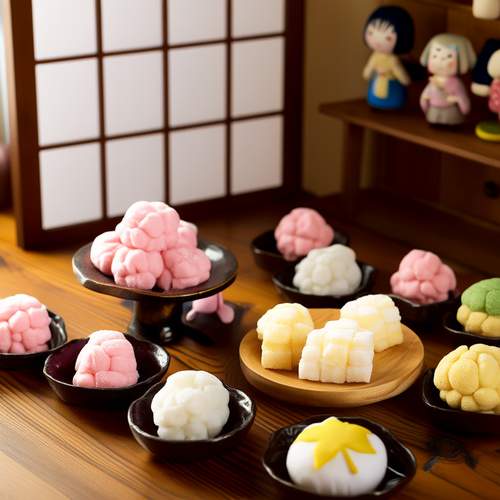
By /May 26, 2025
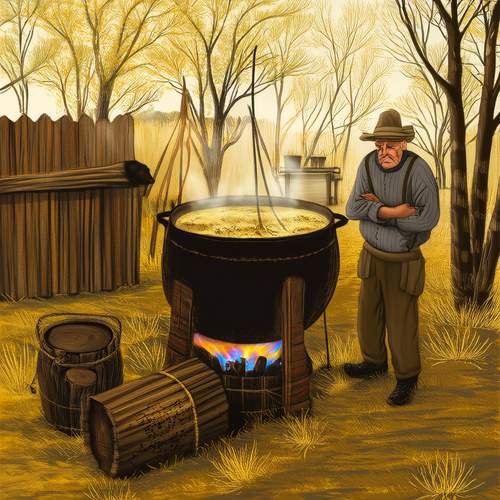
By /May 26, 2025

By /May 26, 2025
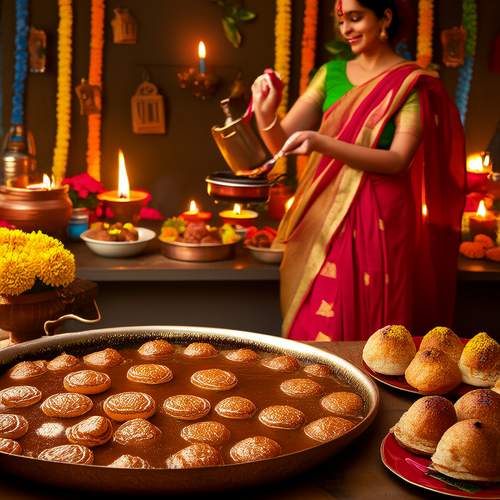
By /May 26, 2025
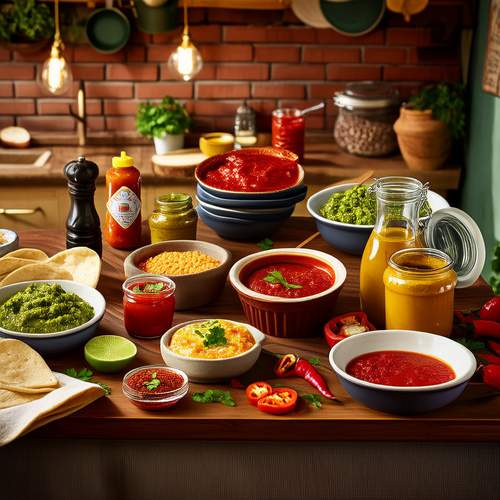
By /May 26, 2025
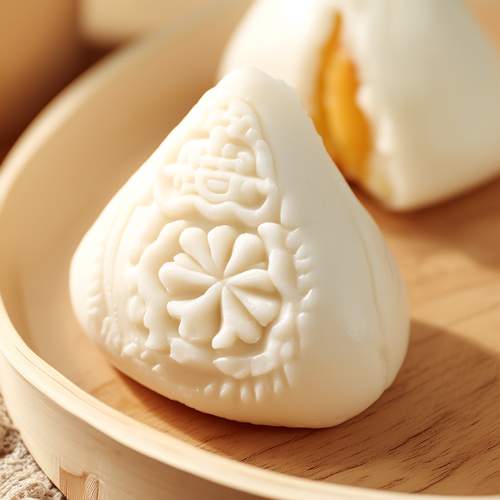
By /May 26, 2025
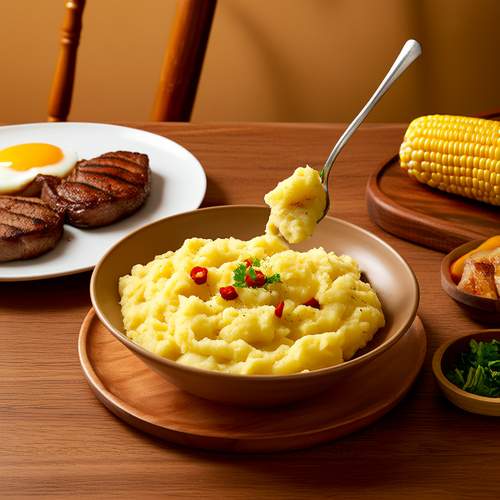
By /May 26, 2025
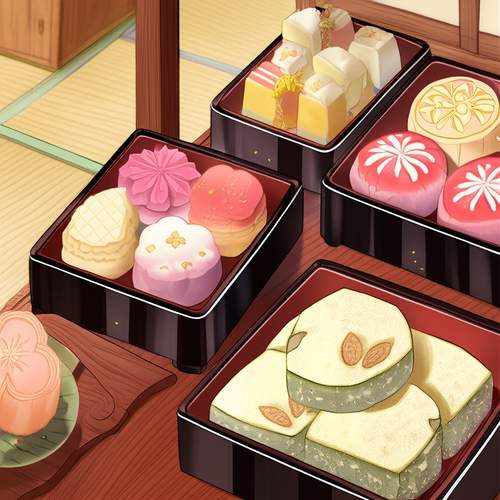
By /May 26, 2025
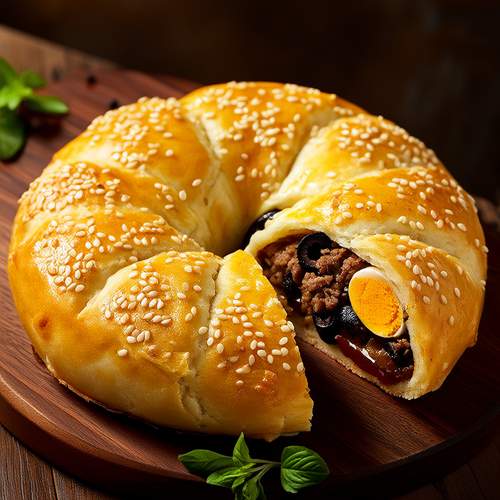
By /May 26, 2025
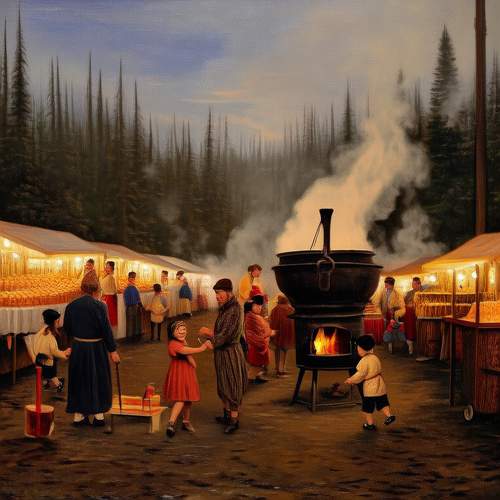
By /May 26, 2025
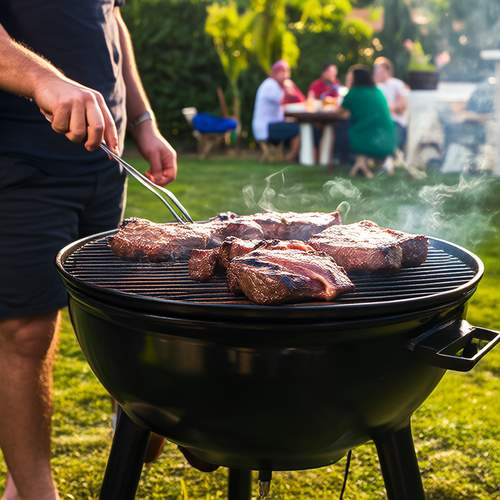
By /May 26, 2025

By /May 26, 2025
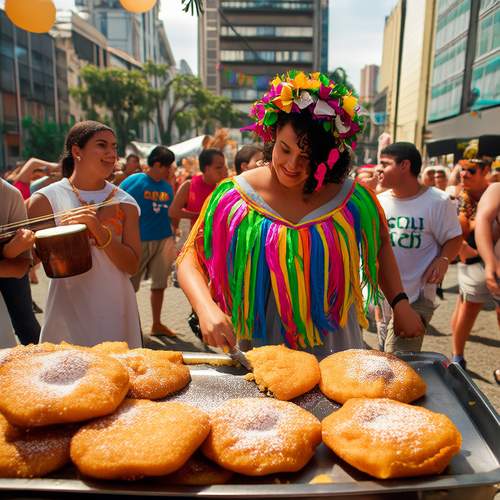
By /May 26, 2025
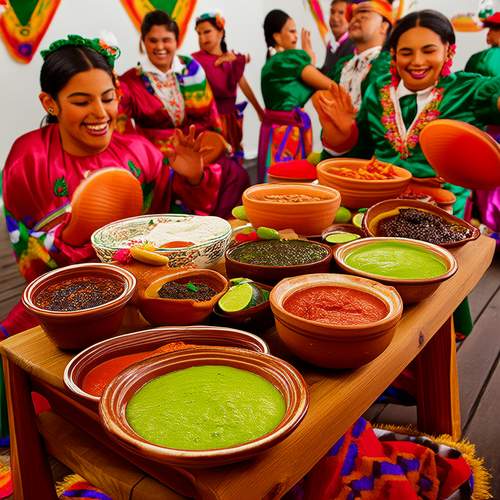
By /May 26, 2025
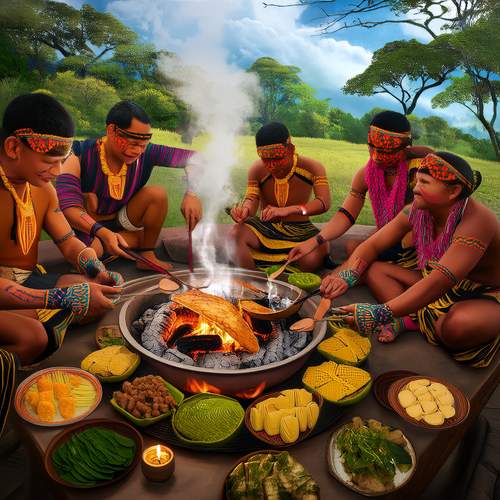
By /May 26, 2025
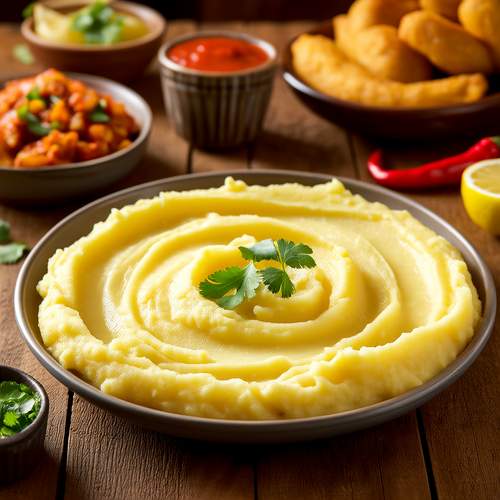
By /May 26, 2025